Cornwall is considered Great Britain’s Celtic nation due to its linguistic and cultural roots. Don´t miss it!
Cornwall is a charming county in England’s southwest. It is also known as “tin country” for its mining history. The region is bordered by the Tamar River to the east and the Celtic Sea to the west.
Its Cornish culture is probably the most unique in Great Britain, with outstanding traditions and customs. There is currently an effort to revive the Cornish language that fell into disuse in the eighteenth century.
Cornwall is a land of hardy fishermen and miners, accustomed to withstanding the sometimes harsh climate, which includes strong winds, storms and rough seas making the work of the region’s fishermen, sailors and miners high-risk.
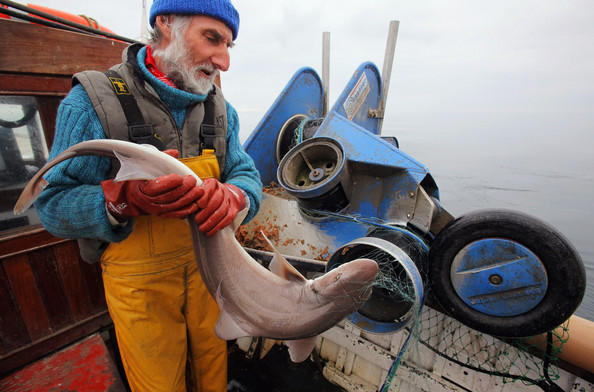
vía www.zimbio.com
But this rugged land also offers beautiful views of cliffs, rocky beaches, fishing villages and of course medieval castles.
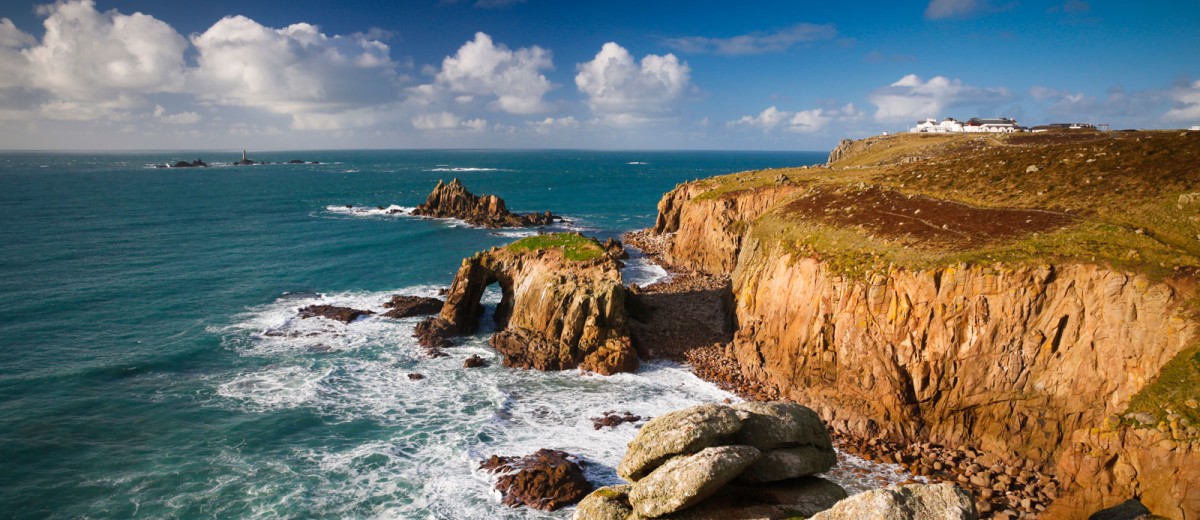
vía www.cornwalllife.co.uk
Its legends
Cornwall’s main attraction is undoubtedly the Tintagel castle which is supposedly the birthplace of the legendary King Arthur. According to legend, it was Count Richard of Cornwall who ordered the castle built in the twelfth century. The building is almost totally in ruins, but it’s interesting to imagine how the brave King Arthur, a hero of books, cinema and television, lived. After visiting the ruins of the fortress you should visit the cliff that houses Merlin’s cave.

vía competitions.malcolmreading.co.uk
Other points of interest along this route include: the moor of Bodmin, where King Arthur died at the hands of his illegitimate son Mordred; The Dozmary Lagoon where the Lady of the Lake holds the Excalibur sword; and the Tristan stone near Fowey, the only historical trace of the romance of Tristan and Isolda, another medieval myth.
We recommend visiting Padstow, a local fishing village with picturesque streets full of shops, bars and restaurants while taking a break from your Cornwall tour.
Saint Ives, the jewel of the coast
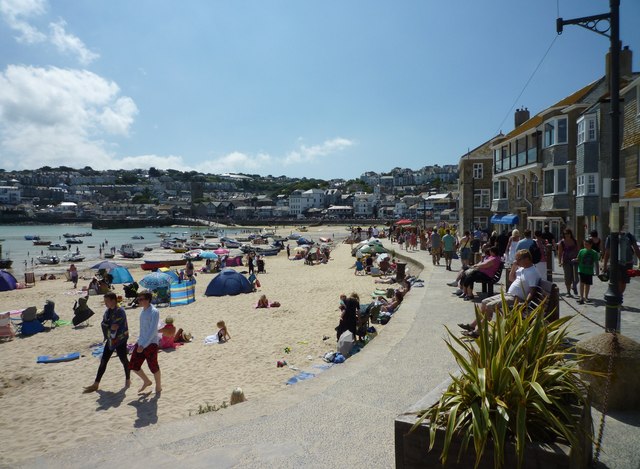
vía www.geograph.org.uk
Although just a fishing village, Saint Ives boasts a vibrant artist community, where important artists have made their home. The village is also known for its near-Mediterranean climate. A wide bay, three splendid beaches, and the streets of the center, add to the appeal. There is a Tate Gallery with an interesting permanent collection of art and, in September, the Saint Ives Festival including music, dance and theater is held.
Gastronomy
It’s no surprise that the main dishes here are fish and seafood. And they are among the region’s best—so much so that famous chefs of the likes of Jamie Oliver and others have established restaurants in the county.
Be sure to stop into one of the old taverns for relaxation, where you can sample pints of beer and home cooking. We recommend trying the fish pie, Cornish pasty, or Cornish cake a meat and potato patty. Or dig into the English sausages with mashed potatoes, or the pork pie, a dish straight from the Middle Ages.
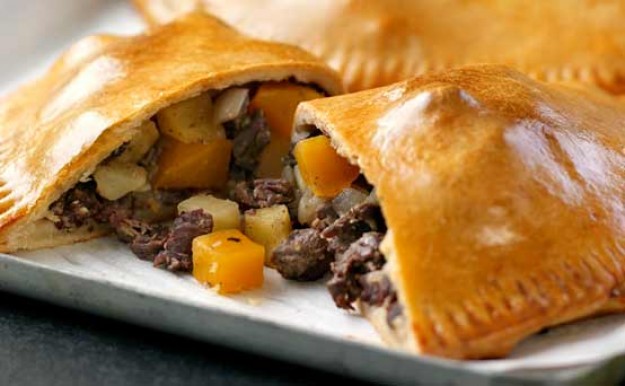
vía www.goodtoknow.co.uk
Additional points of interest
- Land’s End is the westernmost point of Great Britain. From here you can see the Isles of Scilly and their lighthouses.
- Porthcunro is a beautiful beach surrounded by cliffs and here you’ll also find the Minack Theater, an outdoor stage with the sea as a backdrop. The Telegraph Museum with all its fascination is also located here.
- Monte San Miguel, although not as spectacular as its French counterpart, is a Benedictine abbey that was transformed into a castle in the 14th century. It’s located on a small island accessible by foot at low tide.
Enjoy this legendary land while staying at the Trenython Manor Hotel, a splendid country house built in 1872, offering the highest levels of comfort and luxury. It has comfortable rooms, a spa, heated indoor pool, Jacuzzi, sauna, steam room, gym and beauty salon.
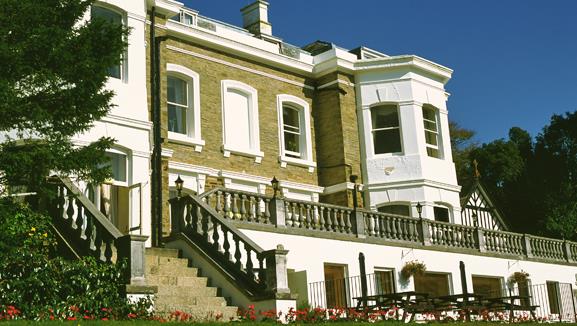
Take advantage of your Royal Holiday membership to discover English’s enchanting southwest. Reserve now!

